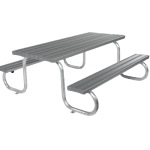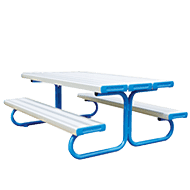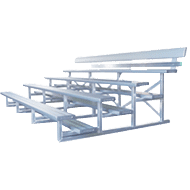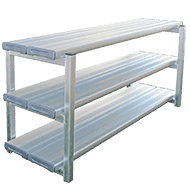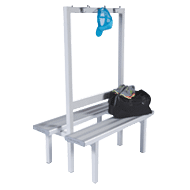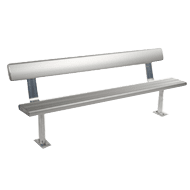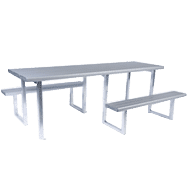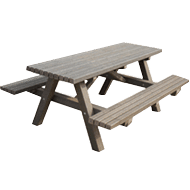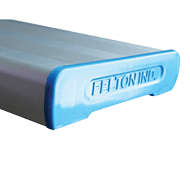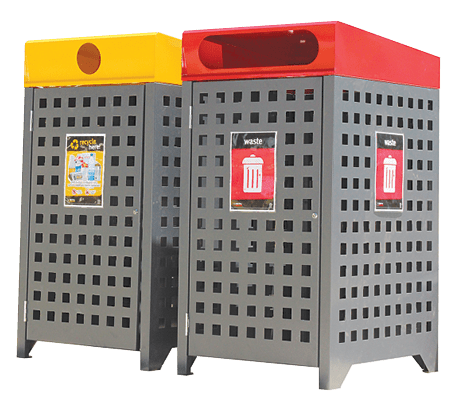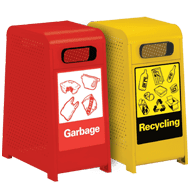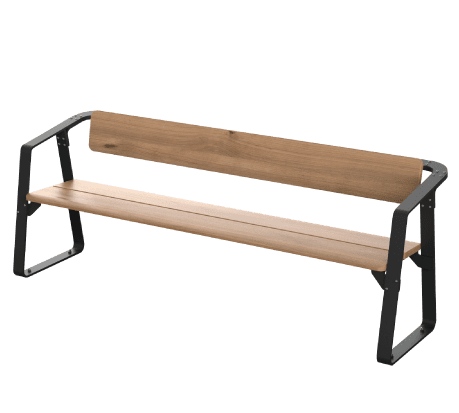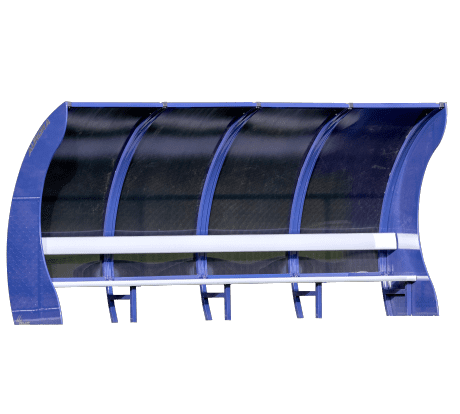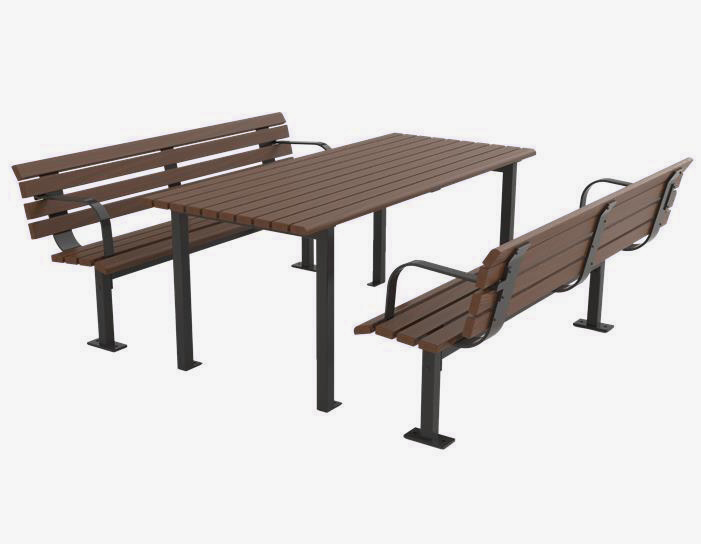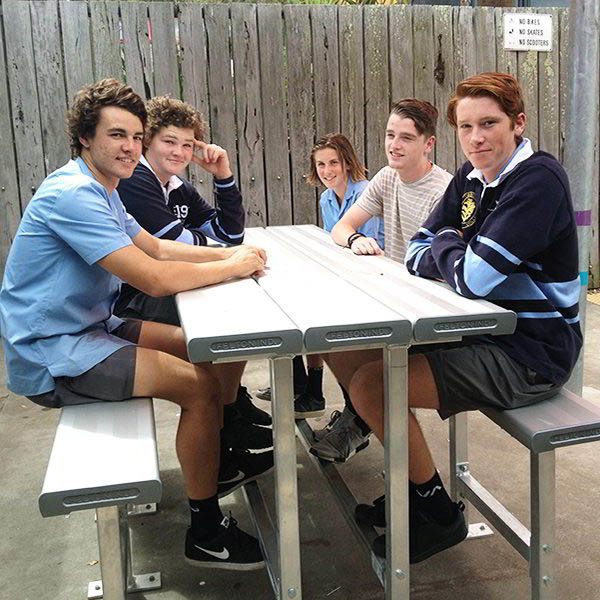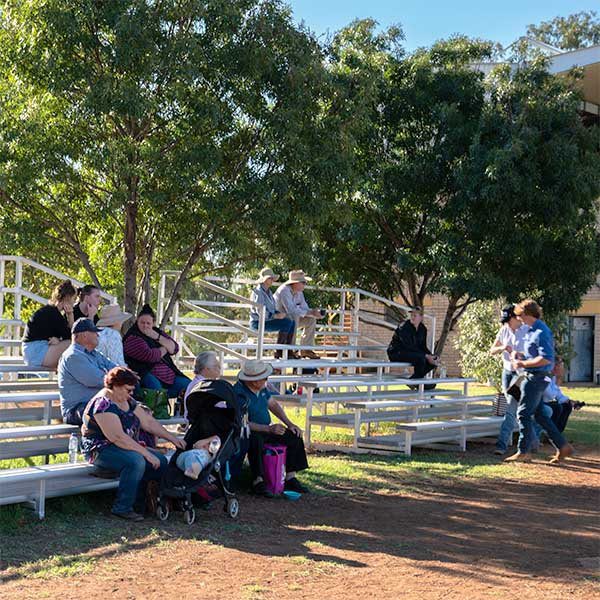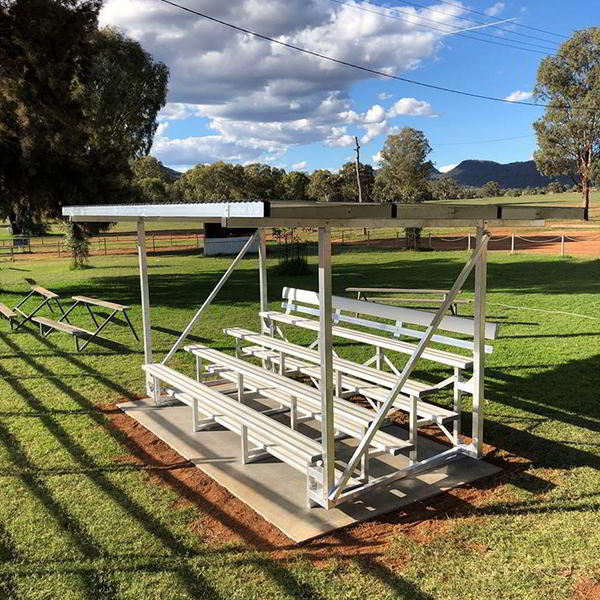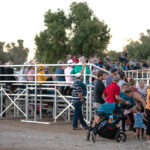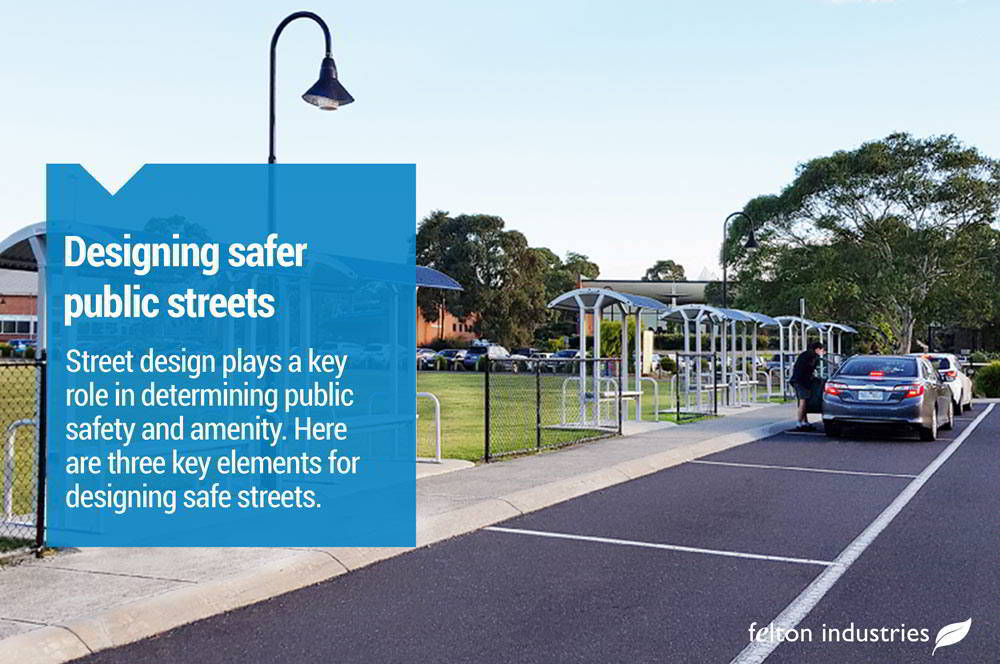
Designing safer public streets
Public streets play a huge role in determining public safety. Policy makers from across the globe have seen better urban street design lead to a decrease in road accidents and casualties, creating happier, healthier cities. Here are three key elements for designing safer public streets that all public administrators should consider.
Design for people rather than cars
Most modern streets in Australia are designed for cars and trucks. Not only does this actively discourage walking and cycling as viable means of transport, it makes it more dangerous for pedestrians and cyclists who do use those streets.
Keeping people at the centre of street design is important for everyone’s safety. Encouraging people to use their feet instead of their cars should also be a key objective of designing safer public streets. That’s why it’s important to designate specific spaces for walking and cycling, such as walking paths and cycling lanes. Integrating high-quality street furniture into the street design can help delineate these spaces. These can include benches, bus shelters and street barriers, as well as pedestrian crossings and islands.
Make streets inclusive
Having an emphasis on inclusivity is important for designing safer public streets. Public spaces should be made for everyone, not for one specific group over another. This means that all diverse groups should feel safe and comfortable using the streets, across all generations and cultures.
When designing public streets, consider how design can make the streets easier for all sorts of people to use. For example, putting street light buttons within the reach of children makes travelling to and from school safer for young people. Also, including benches and shelters at bus stops makes commuting more comfortable for the elderly.
Consider accessibility
Inclusive spaces only thrive when they are open, free and accessible. Designing safer public streets should mean making them accessible at all hours, not just during the day. Including more street lights in street design not only make people feel safer, but also makes them more likely to use the streets after dark.
Also, consider barriers to access for specific groups of people. For example, blind people might find it hard to navigate their way to a pedestrian crossing. Think about how the street design can help overcome these barriers to access.
As a wholly Australian owned and operated business, nobody understands the requirements of Australian schools and councils like Felton Industries. We’re committed to providing the highest quality of furniture, ensuring Australians have the most comfortable and enjoyable outdoor experiences possible. For more information about furniture tailored to your unique needs, get in touch with our friendly team today.

Stronger Spaces Start With Our End of Year Savings

Game On: Smart Grandstand Choices for Every Budget
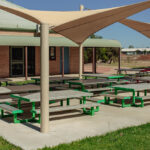
Top Five Outdoor Study Spots on Campus and How to Furnish Them
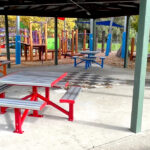
Why Schools Love Aluminium for Busy Playgrounds
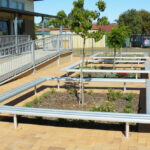
Transform Your Outdoor Space for Summer with Durable Furniture
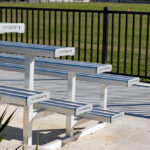
Muddy to Match-Ready: Cleaning Your Aluminium Benches
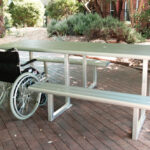
Making Play Inclusive With Wheelchair-Friendly Settings

